Top 8 Proven Habits to Boost Metabolism and Lose Weight You Should Do Every Day
Do you want to speed up your metabolism to maximize your weight loss? Joanna Soh is a certified Personal Trainer (ACE), Nutrition Coach, and Women's Fitness Specialist (NASM) who has been in the fitness industry for over ten years. In one of her viral videos, she explains why boosting your metabolism is crucial and reveals eight ways to do it.
Why It's Important to Boost Your Metabolism
Why is it so important to boost or increase your metabolism? "Simply put, the higher your metabolic rate is, the more calories you burn," Joanna says. "Hence, the easier it is to lose weight and keep it off. Someone with a sluggish or slower metabolism will gain more fat from eating less food in comparison to a person with a fast, healthy metabolism."
What Impacts Your Metabolism?

So, what affects your metabolism? "Genetics, age, weight, diet, exercise, habits, as well as lifestyle," she says. "There are certain areas in which we can't control, such as our genes and also age. As we age, we start to lose five to six pounds of muscle every decade, starting in our late twenties. So if you choose to do absolutely nothing about it, that's when you'll start to see the weight pile on as you age."
Luckily, There Are Things You Can Control
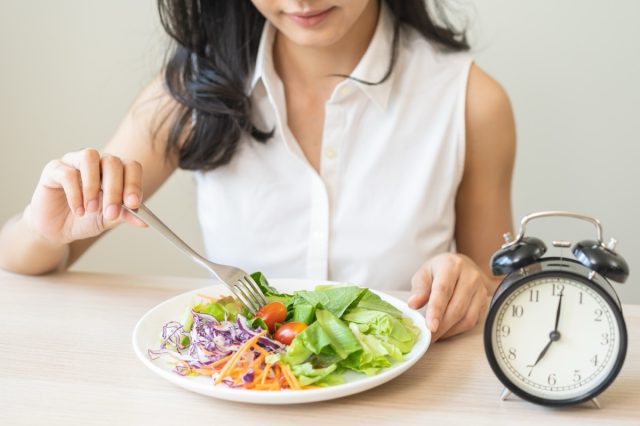
"There are also areas in which we can control our weight, diet, exercise, routine, and lifestyle. These are the areas we should take control of, and it can speed up our metabolism. So I'm going to share with you eight effective ways to boost your metabolism, burn fat, and lose weight," she says.
Pump It Up
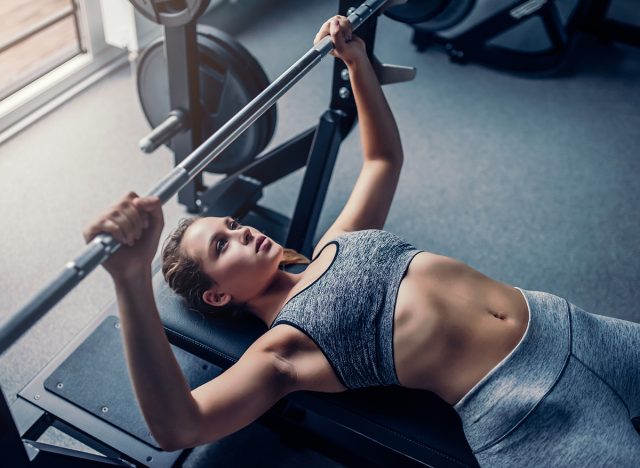
The only way to increase lean muscle mass is to lift weights, says Soh. "For every pound of lean muscle, your body burns an additional 14 calories a day, whereas a pound of fat only burns two to three calories. This small difference can add up over time. Hence, people who are leaner with higher muscle mass burn more calories at rest compared to those with higher body fat."
Strength Train Two to Three Times Per Week
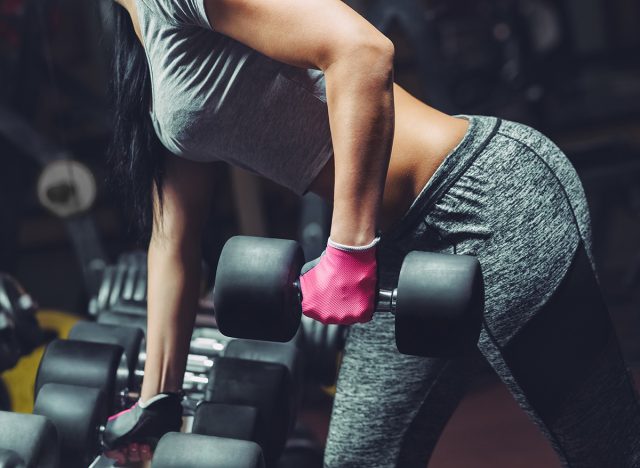
Adding strength training two to three times a week burns significantly more fat than those who only perform cardio exercises, she says. "Resistance training can involve using the machines in the gym or free weights such as dumbbells, barbells, kettlebells, or equipment such as a resistance band or even bodyweight exercises such as pushups and pull-ups."
Swap Steady Paced Cardio for HIIT
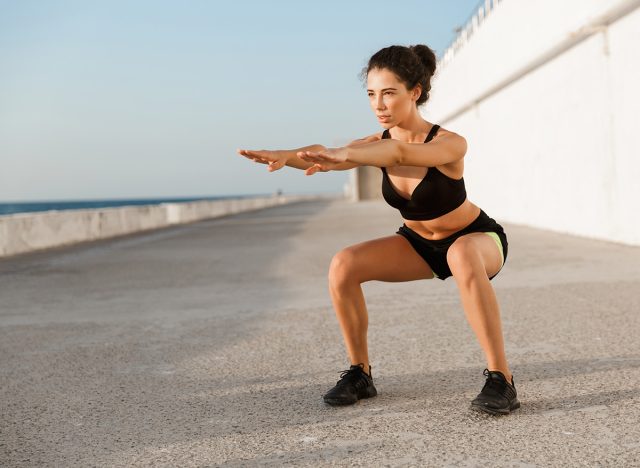
She also suggests swapping steady pace cardio for HIIT. "Yes, going for a long jog can be great to burn calories, but it isn't the most efficient or effective way to achieve that lean physique you're after. High-intensity interval training, more commonly known as HIIT, involves quick and intense bursts of energy. Implementing a consistent HIIT routine requires your body to consume more oxygen, making your mitochondria work harder and burn more energy.
It's Easy to Incorporate Into Your Routine
She adds that HIIT training can burn a similar amount of calories in half the time compared to low-intensity study-based cardio. "Not only will you be saving time, you'll reap the benefits of a HIIT workout even after the session. So, after your HIIT workout, your body continues to burn calories for up to 36 hours by increasing your metabolic rate. That boost of metabolism will not be possible through a steady paced cardio training." She recommends inserting 30-second sprints into your cardio routine, followed by one minute of recovery. "Repeat this cycle for 10 times. If you aren't gasping for air, you aren't exerting enough effort for it to be considered a hit training."
Don't Starve Yourself

Next, don't starve yourself. "Yes, in order to lose weight, you need a calorie deficit. However, an extreme calorie deficiency, long-term, can wreak havoc on your metabolism. If you are underfeeding your body on a regular basis, your metabolism will adapt to the new lower calorie intake. Your metabolism works more efficiently to try and preserve the remaining calories, hence slowing down your metabolism," she says.
It Is Not Sustainable
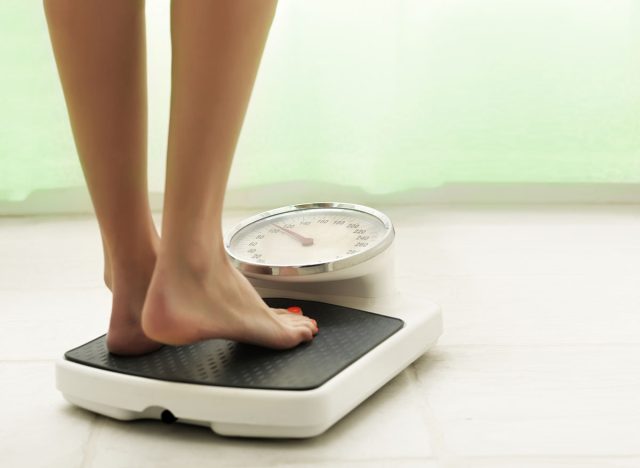
While you will lose weight, it will not be sustainable. "Once you are back to your normal ways of eating or increase your food intake, that's when you start piling on the weight again, and it happens really fast. Avoid extreme diets instead, and reduce your calorie intake at a healthy and realistic pace, which can help you lose weight. At the same time, you know that you can sustain this for life," she says.
Power Up with Protein

Fourth, power up with protein. "TEP, which is also known as the thermic effect of food, is caused by the extra calories your body uses to digest, absorb, and process the nutrients in your meal. Protein causes the largest rice in TEP as it is harder for your body to break it down. It raises your metabolic grade by 15 to 30% compared to 5 to 10% for cups and zero to 3% for fats. Therefore, consuming plenty of protein can make you burn an extra 100 to 200 calories a day," she says.
RELATED: I Lost 95 Pounds in Under 7 Months With These 12 Steps
You Will Feel More Full, So You Won't Overeat
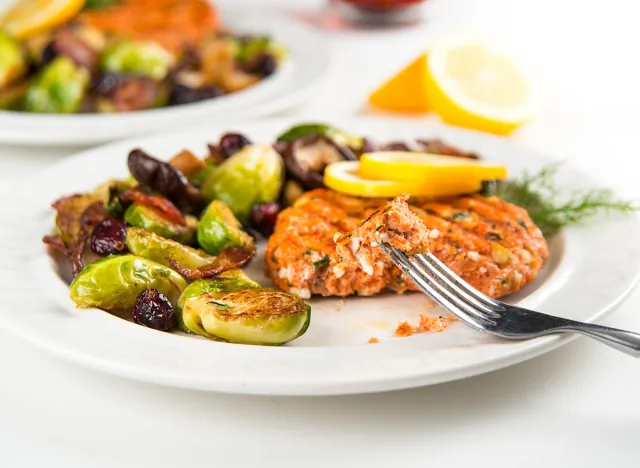
Plus, you'll also feel more full and prevent overeating. "Eating large amounts of carbohydrates without any protein will spike your blood sugar levels only to have it crash one or two hours later. This cycle will wreak havoc on your metabolism and leave you fatigued and in a constant state of hunger," she says. "That doesn't mean you have to consume a very high protein diet. The guideline to simply follow is to check that 20 to 30% of your total daily calories come from protein. And the easiest method I like to follow is to have a serving of protein such as lean meat, fish, nuts, legumes, or yogurt at every meal and snack."
Sip on Black Coffee

Next, sip on black coffee. "Studies have shown that the caffeine in coffee can boost metabolism by three to 11%. And this is why: If you were to take a look at fat burners, most of them have caffeine as the number one ingredient."
Drink a Cup Before Working Out

"That doesn't mean that you should be a caffeine addict and just sip on coffee all day long, expecting to lose weight. You still need to put in the effort. Drinking a cup of black coffee before exercising can improve your workout performance, speed up your metabolism, and hence help you burn fat more efficiently. And that's something I personally practice myself. So, one cup of Joe before my training," she says.
Move More
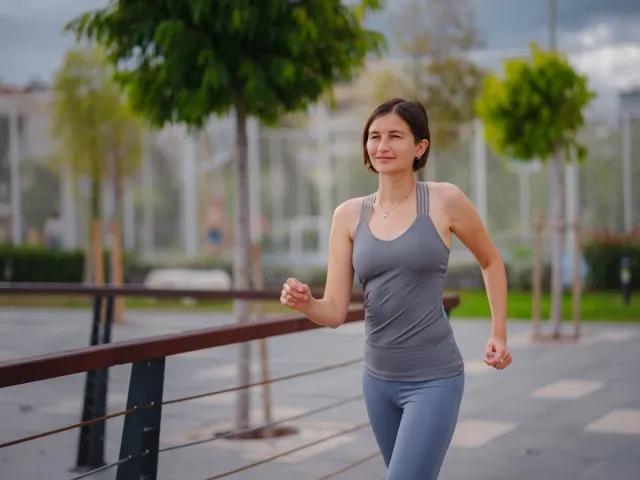
"Exercising has tons of benefits. However, if you have a sedentary life where you are sitting at your desk for eight hours every single day and you only move for an hour in the gym, that's probably not the best way to boost your metabolism throughout the day. The goal here is to move more," she says. "Sitting too much kills you, and it's even dubbed as the new smoking. Long periods of sitting burn fewer calories and can lead to weight gain and many other health issues."
RELATED: Top 14 Unusual High-Protein Foods Nutritionists Love
Remind Yourself to Get Up

"An effective way to increase your metabolism with very minimal effort is to stand up and move more. Perhaps work from a standing desk or set yourself a reminder to move every hour, get up, get yourself a cup of tea, do some simple stretches, or just walk around your office, make an effort to move more by walking to get lunch, taking public transport or taking the stairs. All these daily incidental movements can help you to burn more calories and even lose weight with very minimal effort," she says.
Stay Hydrated

"We all know the importance of water, but did you know that your body needs water to process calories? Hence, if you are even slightly dehydrated, your metabolism may slow down," she says. "Water helps to fill you up, which means those who drink more water will tend to consume less food. What you really need to avoid are sugary drinks and alcohol as they contain empty calories, but can add up over time and cause weight gain."
Here Are Some Simple Tips
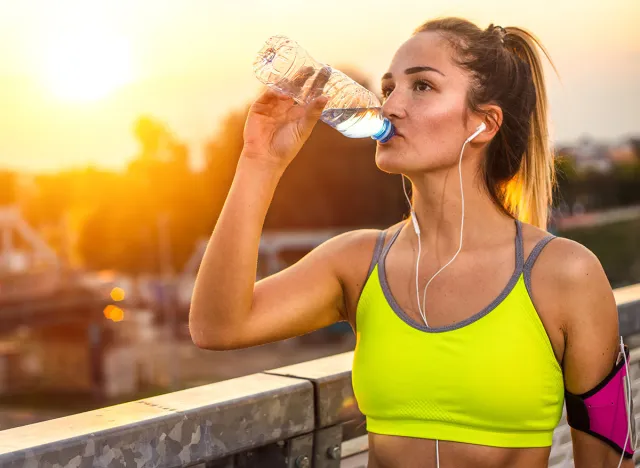
"Some simple tricks to drink more water daily is to drink a glass once you're up in the morning and drink a glass of water before every meal or consume a healthy vegetable soup before your meal and also snack on fresh fruits and vegetables, which naturally contain water," she says.
Get Enough Rest

"I can't stress this enough: Get enough rest," she says. "Lack of sleep can be linked to being overweight. Sleeping is something we don't prioritize in our busy and hectic lifestyle. Not getting enough rest can disrupt your hormones, change the way you process sugar, and decrease the number of calories you burn."
RELATED: Can Walking a Mile a Day Help With Weight Loss? Here's What Experts Say
Here Is Why Lack of Sleep Leads to Weight Gain

"Sleep affects the levels of two hormones, leptin, and ghrelin, which control the feelings of fullness and hunger. Leptin sends a signal to your brain that you have had enough to eat without enough sleep. Your brain reduces leptin and raises ghrelin, which is an appetite stimulant. Hence, when you lack sleep, you'll also notice that you eat and create more," she explains.
Remember, You Got This!
Her final words? "You are in control of your body's metabolic rate. Don't blame it on your genetics or age. Making small lifestyle changes on a daily basis can boost your metabolism, and you will only thank yourself for it. A high metabolism can help with weight loss, maintaining a healthy weight for life, and more importantly, it gives you more energy to do the things you enjoy and truly live life," she says. And if you enjoyed this article, take advantage of these 15 Quick Ways to Lose Body Fat Percentage in a Week.





